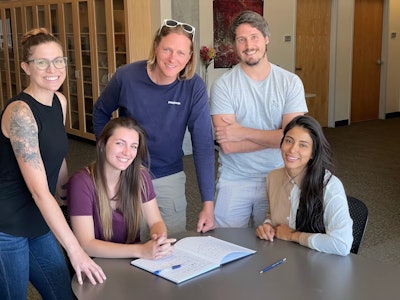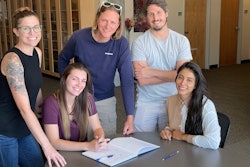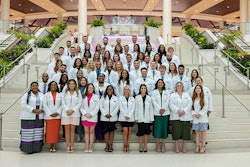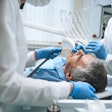
Researchers are collaborating to develop a tooth database to aid in identifying missing service members by analyzing subtle variations in tooth enamel, which are affected by local tap water composition, according to a university story dated September 17.
Dentistry and geography researchers from the University of Utah (UofU) and Project FIND-EM aim to help identify fallen soldiers, with the broader potential to advance the field of forensic investigation.
"The ultimate goal is to produce a resource that will be very broadly useful," Gabe Bowen, a geology professor at the university and the lead on Project FIND-EM, said. "Cold cases, border crossers, humanitarian crises -- any situation where we end up with individuals of unknown identity."
The researchers' identification method relies on isotopic differences in oxygen atoms found in tooth enamel. Most oxygen atoms have eight protons, neutrons, and electrons, but a small percentage have two extra neutrons, making them heavier, according to the story.
These oxygen isotopes vary by region, as heavy oxygen levels in groundwater change predictably across the country. Areas near the ocean, like the Gulf Coast, have more heavy oxygen, while the Rockies have less. By analyzing these variations, the team compares enamel data from wisdom teeth donated nationwide to groundwater samples, building a database to link tooth composition to geographic origin.
Though more donors are needed for a comprehensive map, their findings show a strong link between enamel and regional drinking water, offering promise for identifying remains. The team is optimistic that the project will significantly affect forensic analysis, according to the story.
"We can take something that would, in theory, be discarded, and use it to do this beautiful project of reuniting families with their service members' remains,” Michael Bingham, clinical research coordinator at the UofU's School of Dentistry, said in the story.




















